Introduction
Shea butter is a rich, fat-rich extract derived from the nuts of the African shea tree (Vitellaria paradoxa or Butyrospermum parkii). Celebrated for its incredible moisturizing, nourishing, and healing properties, it has been a cornerstone of beauty and wellness rituals in Africa for centuries. Today, it is a prized ingredient in the global cosmetic and personal care industry, found in everything from luxurious lotions and lip balms to hair conditioners and soaps. Its unique composition of fatty acids and vitamins makes it a versatile and powerful emollient for skin and hair health.
Origin and Traditional Significance
The shea tree is native to the savannah regions of West and East Africa, often referred to as the “Shea Belt,” which includes countries like Ghana, Nigeria, Mali, and Burkina Faso.
· Women’s Gold: The harvesting and processing of shea nuts is a traditional, female-dominated activity, passed down through generations. The production of shea butter is a vital source of income for millions of African women, earning it the nickname “Women’s Gold.”
· Cultural Heritage: For centuries, African communities have used shea butter not only as a supreme skin moisturizer and hair conditioner but also as a cooking oil, a lamp fuel, and a medicinal salve for treating wounds, minor burns, and inflammation.
Extraction and Grades of Shea Butter
The quality of shea butter is greatly influenced by its extraction method.
- Traditional Extraction: This labor-intensive process involves hand-picking the nuts, boiling, sun-drying, crushing, roasting, and grinding them into a paste. The paste is then hand-kneaded with water to separate the butter, which is then boiled and skimmed. This method often results in Unrefined Shea Butter.
- Industrial/Refined Extraction: The nuts are processed using chemical solvents, high heat, and bleaching. This strips the butter of its natural color, scent, and a significant portion of its beneficial nutrients.
Understanding Grades:
· Grade A: Raw/Unrefined: This is the purest form. It is extracted without chemicals and retains its natural, nutty aroma, beige or ivory color, and full profile of vitamins and nutrients. This is the most sought-after grade for therapeutic and cosmetic use.
· Grade B: Refined: Has been purified with chemicals to remove impurities and its natural scent. It is typically pure white and odorless but has fewer active compounds.
· Grade C: Highly Refined: Heavily processed and contains hardly any beneficial properties. Often used in soaps and industrial products.
· Grade D: Lowest Grade: Contains contaminants and is not suitable for cosmetic use.
For maximum benefits, unrefined, raw shea butter is always recommended.
Key Composition and Properties
Shea butter’s efficacy stems from its rich and unique biochemical composition:
· Fatty Acids: It is composed of five primary fatty acids that provide exceptional moisturization.
· Oleic Acid (40-60%): A monounsaturated omega-9 acid that penetrates deeply into the skin, softening and nourishing it.
· Stearic Acid (20-50%): A saturated acid that acts as an emollient and has cleansing properties.
· Linoleic Acid (3-11%): An omega-6 acid that helps maintain the skin’s barrier and soothes irritation.
· Palmitic Acid (2-9%): Another emollient that helps create a protective barrier on the skin.
· Arachidic Acid (<1%): Also contributes to its moisturizing abilities.
· Vitamins:
· Vitamin A: Promotes skin healing, soothes dryness, and can help with skin conditions like eczema and dermatitis.
· Vitamin E: A powerful antioxidant that protects the skin from free radical damage caused by UV rays and pollution, helping to slow down signs of aging.
· Vitamin F: Essentially fatty acids that act as a skin protector and rejuvenator.
· Cinnamic Acid: Imparts natural anti-inflammatory and mild sun-protective properties (though it is not a replacement for sunscreen).
Benefits and Modern Applications
For Skin:
· Deep Moisturization: Its emollient properties make it ideal for extremely dry, flaky, or cracked skin. It is excellent for elbows, knees, and heels.
· Anti-Inflammatory: Effective at soothing skin conditions like eczema, psoriasis, dermatitis, and rashes.
· Anti-Aging: The antioxidants combat free radicals, helping to reduce the appearance of fine lines and wrinkles and improve skin elasticity.
· Skin Healing: Promotes healing for minor cuts, burns, and sunburns. It is often used to soothe razor burn and stretch marks during and after pregnancy.
· Protective Barrier: Creates a protective layer on the skin that shields it from wind, cold weather, and environmental pollutants.
For Hair:
· Deep Conditioning: It is an excellent hair conditioner that adds moisture, reduces dryness, and restores shine.
· Scalp Health: Soothes a dry, itchy scalp and can help combat dandruff.
· Damage Protection: The protective coating it forms can help shield hair from heat styling and environmental damage.
· Styling Agent: Often used in its pure form or in pomades to define and hold curls, reduce frizz, and add manageability.
How to Use Shea Butter
· Direct Application: Apply a small amount of raw, unrefined shea butter directly to dry skin or hair. Warm it between your palms to melt it from its solid, creamy state into an oil for easier application.
· DIY Recipes: It is a popular base for homemade lotions, lip balms, body butters, soaps, and hair masks.
Conclusion
Shea butter is far more than a simple moisturizer; it is a multifaceted gift from nature with a profound cultural heritage. Its potent combination of healing fats, vitamins, and antioxidants makes it a superior choice for anyone seeking a natural solution to achieve healthy, nourished, and radiant skin and hair. By choosing high-quality, unrefined shea butter, you are not only investing in your personal well-being but also supporting the traditional communities that have cherished and cultivated this “women’s gold” for generations.


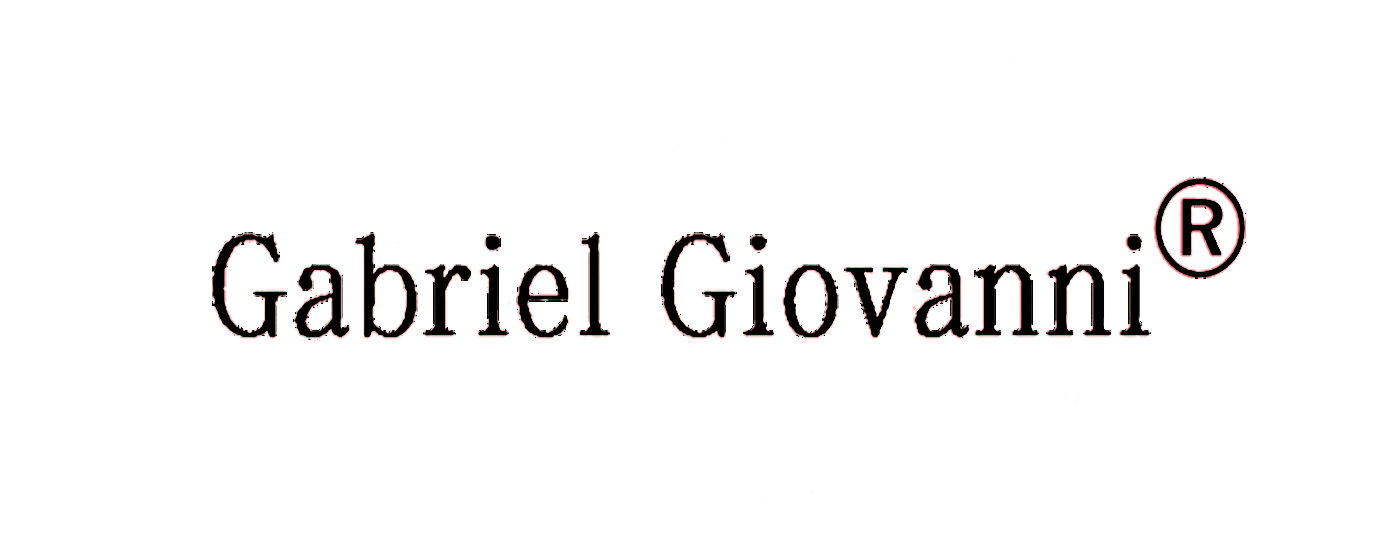
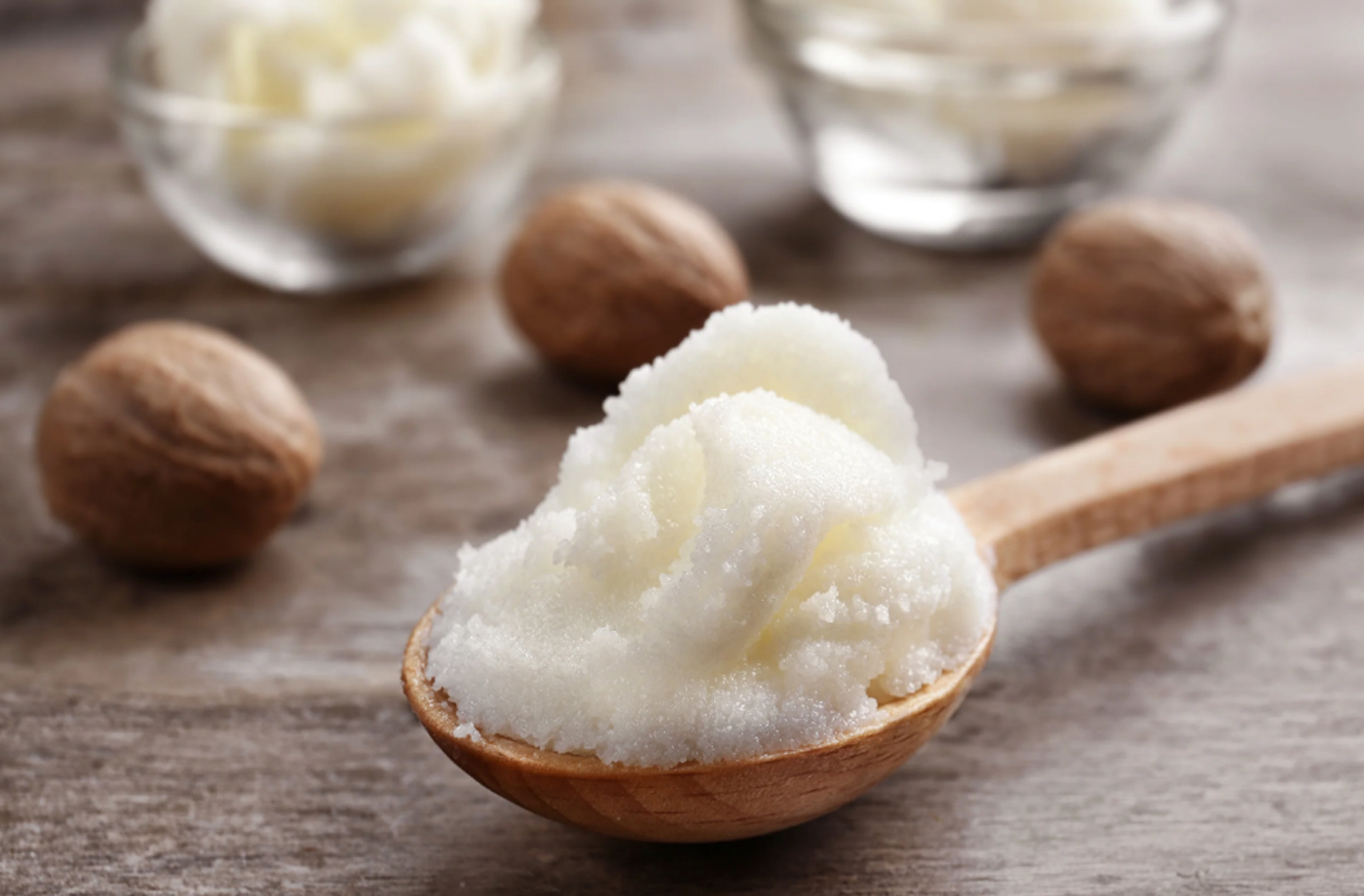



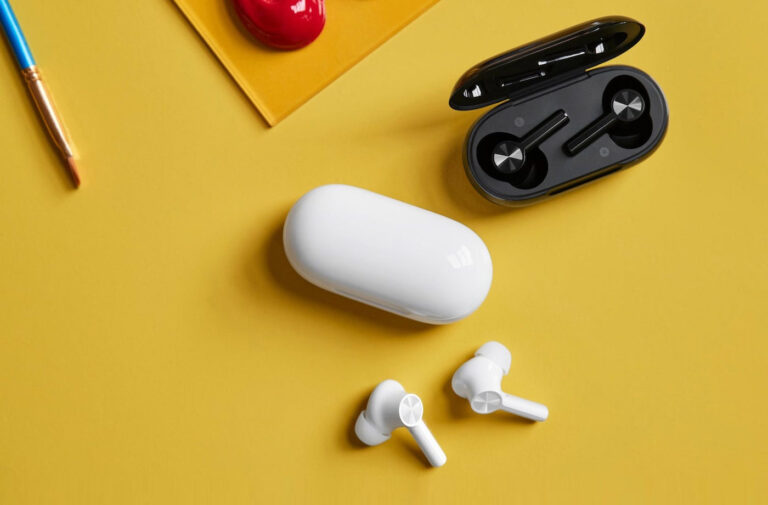



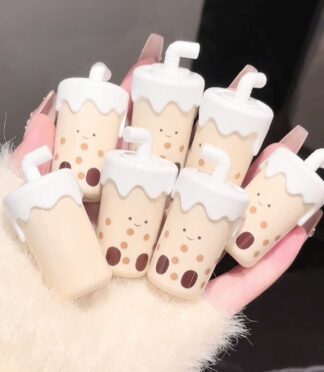
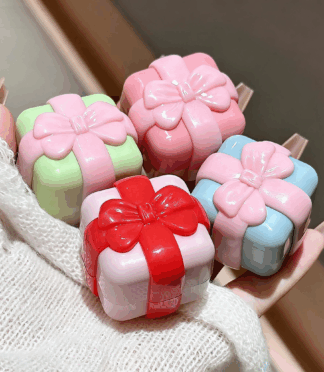
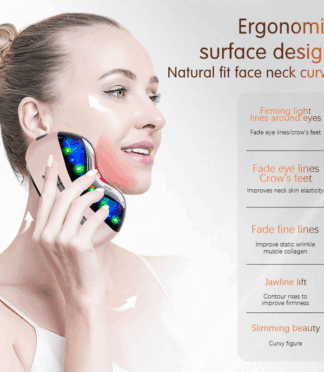
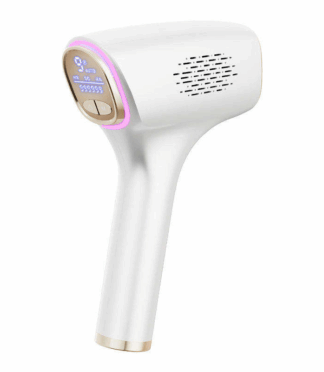

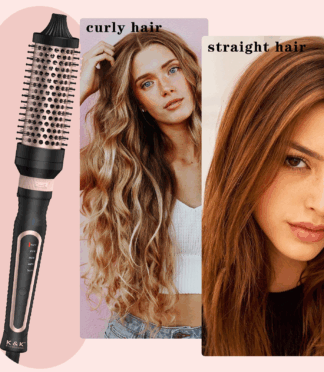
You would want to ensure the plugin is installed and activated for the section to be visible.